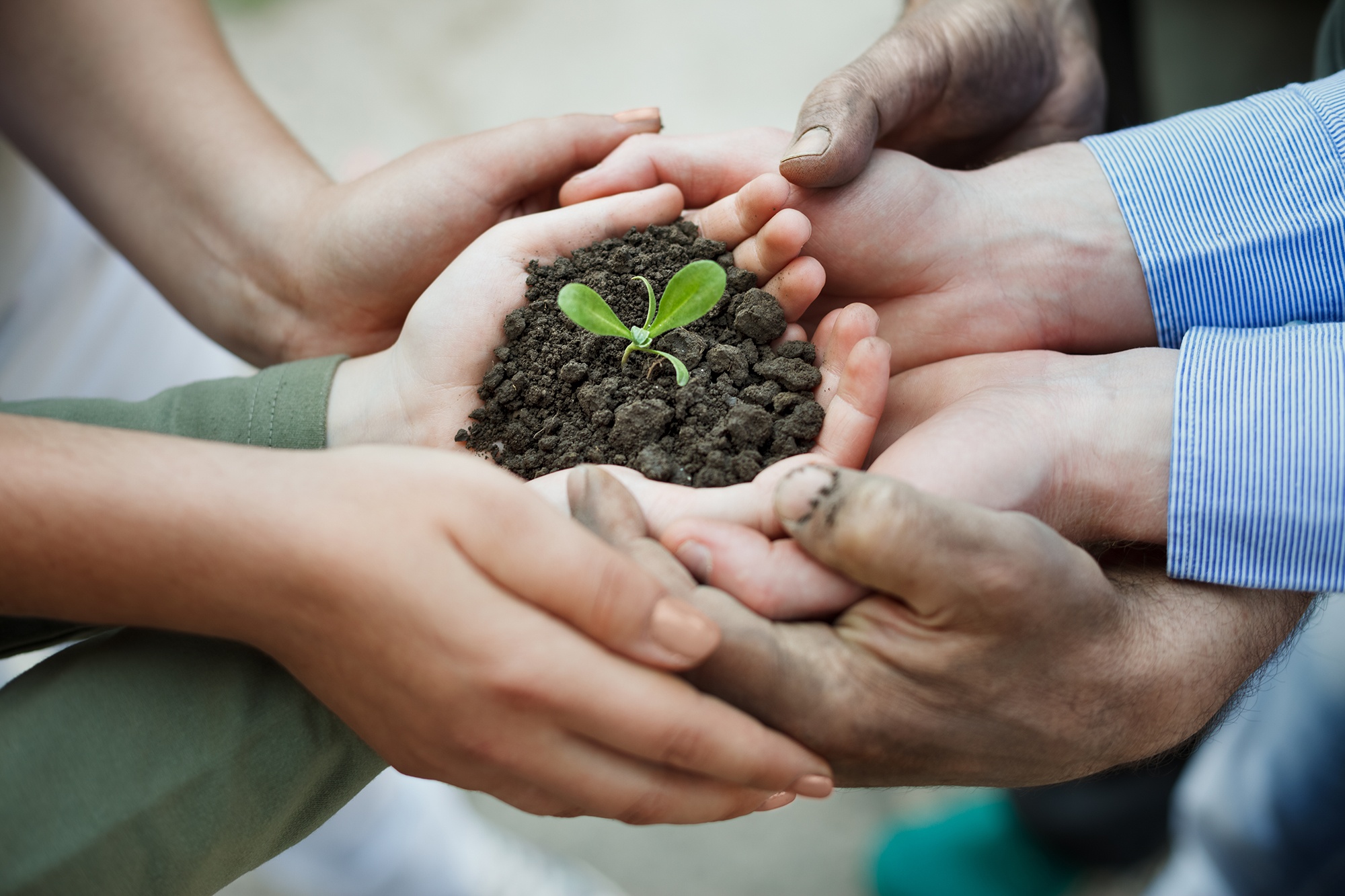
A GPMT and USSEC Collaboration to Support Farmers
GPMT and USSEC collaborate in organizing a series of workshops in Cipanas, Jogjakarta, and Cirebon for fish farmers and representatives of fish feed companies with topics suited to the local stakeholders conditions.
USSEC’s Technical Manager of Aquaculture, Pambudi, stated that this program is an expression of support to GPMT and Indonesian farmers in order to be more advance and competitive. “USSEC will relentlessly supports the fodder industry to develop efficient yet nutritious feeds,” he added.
Water Infrastructure
The first workshop was held in Cipanas titled “Better Feed Management and Floating Net Sustainable Aquaculture” (13/10). Nur Bambang Priyo Utomo, one of the workshop speakers and a lecturer from the Water Farming Department of Institut Pertanian Bogor (IPB), explained that the development of Keramba Jaring Apung (KJA) (translated: Floating Net) is a top production level criteria that can be obtained by calculating the total tolerable phosphor rate in regard of water utilization purposes (Beveridge, 1984).
In addition, Bambang mentioned that the KJA could improve the environment through fish excrements and feed leftovers. It will be beneficial to a certain extend as result of the increasing production of fish. Yet, when overdone, the enriching nutrients will turn into contaminating agents.
“Both of the enriching and contaminating agents are originated from phosphor and nitrogen contained within the feed. A tolerable quantity of production can be based upon the required amount of feed to produce fish,” he explained.
Sigid Hariyadi, IPB Water Resources Management Department Lecturer, defines that contamination tolerance is the water’s capacity to sustain contamination without becoming contaminated. Capacity calculation is measured by oxygen level, ammonia (total of ammonia nitrogen), and phosphor level.
“Oxygen consumption is limited to a certain degree in order to maintain the appropriate rate. Research found that every one-kilogram of feed consumes 225 grams of oxygen. By referring to this number, we can set or limit feeding to control the water’s oxygen level,” Sigit explained.
CBIB Certification
The second workshop was held in Jogjakarta with a topic surrounding Cara Budidaya Ikan yang Baik (CBIB) or Good Aquaculture Practices (GAP) and fish feed management for fodder factories technical service and fish farmers.
Head of Ministry of Marine Affairs and Fisheries CBIB Certification Sub Directorate, Chaery Novari, provides matters of urgency, assessment system, and the certification arrangement of CBIB. “The guide provided in CBIB is not an aquaculture how-to, but the do’s and don’ts of aquaculture in respect of feed commodity to prevent residue and contamination in order to deliver safe human consumptions,” Chaery revealed.
CBIB is defined as a guide to grow and nurture fish as well as to harvest them under a controlled environment. As a result, it guarantees feeding and farming safety with attention to sanitation, feed, fish medicine, and chemical and biological material.
Chaery also adds that all export countries destination refer to the strict European Union (EU) standard. “Although we do not conduct export to the EU as much as to Japan and the US, we still comply with their standard in maintaining quality. When the EU permits our products, then other countries will follow,” he claimed. Every aquaculture product exports requires a CBIB certification as the EU necessitate a cold storage policy.
Chaery explained that the paradigm carried by CBIB is currently focusing only on feed safety procedure that is represented in Fisheries Product Safety and Quality System. “Next year, we’ll adjust the standard to comply with ASEAN and FAO Guidelines on Aquaculture,” declared Chaery.
Abiding to the ASEAN standard, the second version of CBIB contains the following 4 criteria; food safety and quality (10 points), animal health and welfare (6 points), environmental integrity (6 points), and socio-economic aspects (4 points).
Feeding Management
The feeding management topic was delivered by I Gede S Sumiarsa, a researcher from Balai Besar Riset Perikanan Budidaya Laut Gondol (translated: Laut Gondol Aquaculture Research Institute). Participants were introduced to technically and economically proper feeding options, 90%-feeding method, and guides to maintain quality. “As a main expenditure, feeding cost has to be managed effectively and efficiently,” he affirmed.
Head of GPMT Fish Feed Division, Denny D Indjadjaja, conveyed that in the last 4 years, feed production soared from 865 million tons in 2011 to 970 million tons in 2014, which had caused a conflict between the feed and fuel sectors in regard of raw material availability. “In this situation, a price hike is to be expected,” he stated.
A significant climb of production occurred, in 2011, feed production is at 1.155.000 tons, while in 2014, it reached 1.478.300 tons. An 11% increase in total production with 83% dominated by fowl feed.
Denny asserted that GPMT actively participates in the socialization of CBIB, this is the second time the association and USSEC held a workshop covering CBIB. “We need to socialize CBIB certification hard and fast in order to be able to compete within the MEA (Masyarakat Ekonomi Asean) (translated: Asean Economic Community or AEC). We’re still far away from Thailand and Vietnam in terms of aquaculture development. They are better prepared, and we have to go up against them in conquering the domestic market next year,” he revealed.
Denny adds that the crustaceans sector is more qualified compared to the fish division. “40% of crustacean farmers have already qualified for CBIB certification. This sector is already developed for the export market since many years ago, which the certification became a requirement,” he claimed.


